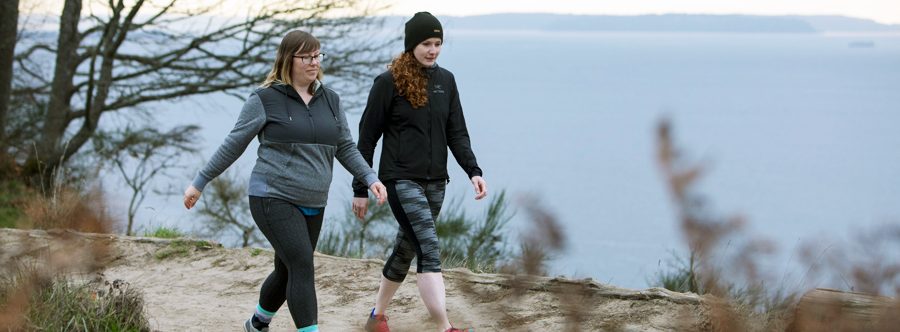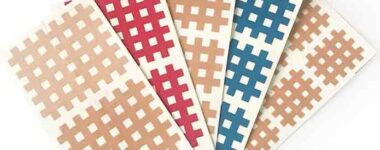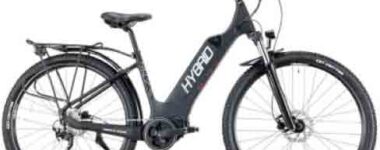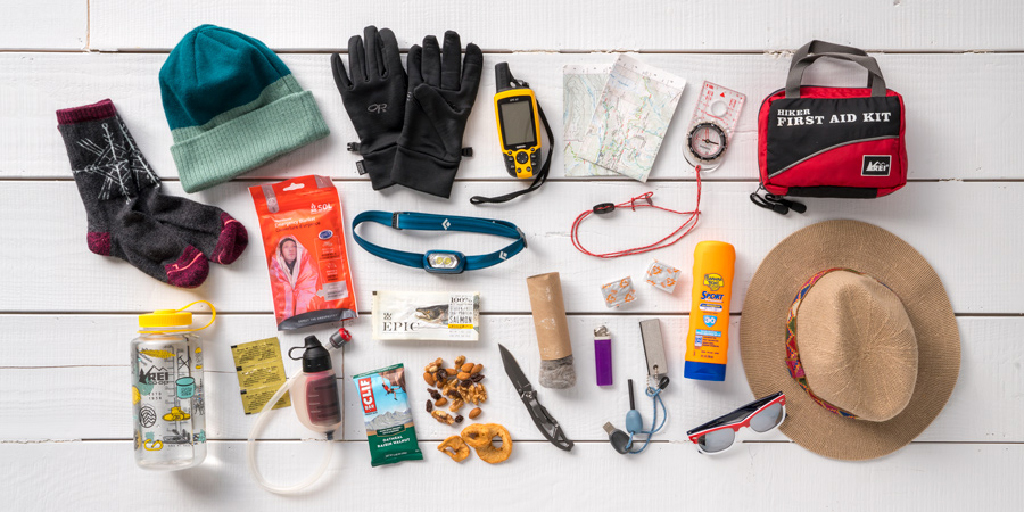Latest News
Share this post:
Benefits
Walking at a moderate pace for 30-60 minutes burns stored fat, builds muscle and speeds up your metabolism. Here are some other benefits:
-
-
-
- Walking can reduce your risk of heart disease, breast cancer, colon cancer, diabetes and stroke.
- Walking is low-impact, which means it causes less stress to your joints and your body than high-impact activities such as running.
- Walking is a weight-bearing exercise, which helps prevent the onset of osteoporosis in women.
-
-
Gear
One of the great things about walking is that you don’t need much gear to do it.
-
-
-
-
- Walking shoes: A good-fitting pair of walking shoes is priceless. They should be comfortable and offer ample cushioning and support for your feet.
- Clothing: Dress in comfortable clothing that gives you freedom of movement. Start with a moisture-wicking layer that keeps sweat away from your body, and top it off with a breathable, windproof and water-resistant outer layer, depending on the weather.
- Safety gear: If you’re walking at night, be sure to wear a reflective vest, a safety light, or at the very least, light-coloured clothing so you’re visible to traffic, cyclists, runners and other walkers.
-
-
-
Technique
Yes, walking is simple. But as with any other exercise, good form is helpful. Here are some points to remember:
-
-
-
-
- Posture: Stand up straight and look ahead. Don’t look down at your feet or the pavement below since that puts excessive and unnecessary strain on your neck and back.
- Over-striding: Walk naturally. When you walk faster, a natural inclination is to lengthen your stride in front. Don’t. Concentrate on taking shorter, quicker steps to avoid striking the ground too hard with your feet.
- Under-striding: On the flip side, avoid taking steps that are too small. This can constrict your muscles and their elasticity. Listen to your body. Are you comfortable as you move? If not, change your stride until you are.
- Flapping feet: If your feet hit the ground with a slap you’re probably fighting stiff shoes or your shins are too weak to let you roll through the step properly. Find a good pair of walking shoes that flex at the balls of your feet, and work on strengthening your shins.
- Arm swing: A normal walking motion uses the arms to counterbalance the leg motion. You can add power and speed by using your arms effectively. To do this, bend your arms at a 90-degree angle and swing them naturally back and forth opposite your legs. Avoid under-using your arms by not moving them enough or overusing them by moving them faster than your legs.
-
-
-
Workouts
To sustain your motivation, vary your walking workouts. By focusing on different types of workouts, you’ll be more fit than if you did the same thing day after day. Remember to stay hydrated by drinking plenty of water before, during and after walking.
-
-
-
-
- Endurance: Get your body used to walking for fitness by gradually increasing your mileage (or the total time you spend walking) every week. Don’t increase your mileage more than 10% a week.
- Strength and speed: In this phase, work on increasing the pace and intensity of your walks. Walking up hills and doing intervals are excellent ways to build your fitness. Intervals can easily be incorporated into your walking routine. After your warm-up, increase your pace for a set distance such as the distance between telephone poles. Recover using your normal walking pace, then repeat.
- Upper body: You can use light hand weights while walking for arm curls and arm raises to build upper-body strength. However, you should never use ankle weights when walking because they unnaturally stretch your muscles and ligaments and add extra stress to your joints.
- Rest and recovery: Schedule rest days and try cross-training to allow your body to recover and help you avoid feeling burned out.
-
-
-


 Collecting and Propagating Seeds
Collecting and Propagating Seeds China on a Plate: The Flavours of a Nation (with a Spotlight on Sichuan)
China on a Plate: The Flavours of a Nation (with a Spotlight on Sichuan) Kinesiology Cross Patches
Kinesiology Cross Patches Camaraderie On a Walking Tour…
Camaraderie On a Walking Tour… How E-Biking Has Transformed Biking Tours
How E-Biking Has Transformed Biking Tours








